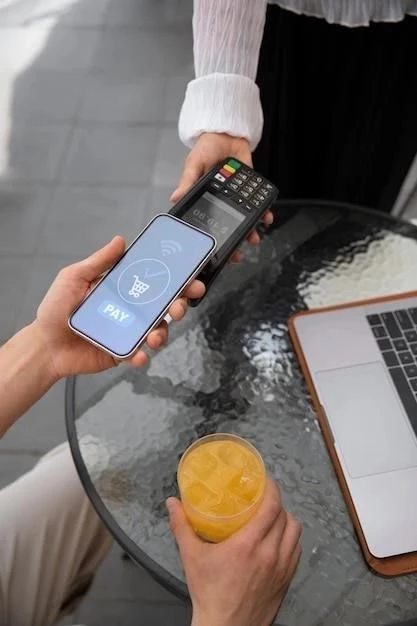Contactless credit card payment systems have revolutionized the way we make transactions․ With a simple tap or wave of the card‚ payments are processed swiftly and efficiently․ This technology has gained popularity globally‚ offering users a convenient and secure alternative to traditional payment methods․
In recent years‚ the widespread adoption of contactless payments has transformed the retail landscape‚ providing merchants with a competitive edge in an increasingly digital marketplace․
What are Contactless Credit Card Payment Systems?
Contactless credit card payment systems are a type of payment technology that enables users to make transactions without physically swiping or inserting their credit cards․
These systems use Near Field Communication (NFC) or Radio Frequency Identification (RFID) to transmit payment information between the card and the payment terminal․
Contactless credit cards contain a small microchip and an antenna‚ which facilitate secure communication with the payment terminal‚ allowing for fast and convenient transactions․

Advantages of Contactless Credit Card Payment Systems
Contactless credit card payment systems offer numerous benefits to both consumers and merchants․
One of the primary advantages is speed‚ as transactions are typically faster than traditional payment methods․
This increased efficiency leads to reduced queues and improved customer satisfaction․
Additionally‚ contactless payments eliminate the need for cash handling‚ reducing the risk of human error and minimizing the likelihood of theft․
Furthermore‚ contactless credit cards are often more convenient than traditional cards‚ as users don’t need to worry about carrying cash or searching for change․
Security Features of Contactless Credit Card Payment Systems
Contactless credit card payment systems employ advanced security features to protect users’ sensitive information․
These include encryption‚ secure authentication‚ and tokenization‚ ensuring that transactions are secure and tamper-proof․
How Contactless Payments Protect Against Fraud
Contactless payments incorporate multiple layers of protection to prevent fraudulent activities․
Firstly‚ the card information is encrypted‚ making it unreadable to unauthorized parties․
Additionally‚ contactless transactions require a physical presence‚ reducing the risk of remote fraudulent activities․
Furthermore‚ merchants are required to adhere to strict security protocols‚ ensuring that their systems are secure and compliant with industry standards․
These robust security measures make contactless payments a highly secure and reliable option for consumers and merchants alike․








